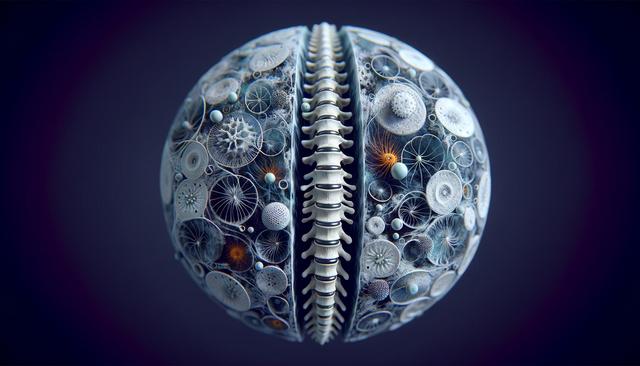Understanding Spinal Stenosis and Its Impact
Spinal stenosis refers to the narrowing of spaces within the spine, which can put pressure on the nerves traveling through the spine. It often develops gradually and is more common in older adults due to age-related degeneration. The condition is frequently seen in the lumbar (lower back) and cervical (neck) regions, with the lumbar area being particularly affected in older populations. Recognizing the early signs—such as pain, numbness, or weakness in the legs or arms—can lead to earlier interventions and better outcomes.
When evaluating treatment for lumbar spinal stenosis in older adults, it is important to consider the individual’s overall health, mobility, and lifestyle. The condition may significantly impact daily activities, including walking, standing, or even sleeping. Because it tends to progress over time, patients often seek a variety of treatment options to manage symptoms, preserve mobility, and maintain independence.
Conservative Treatments and Self-Management
Before exploring invasive procedures, many individuals begin with conservative treatment plans. These are often recommended for mild to moderate symptoms and can be highly effective when tailored to the patient’s specific condition. Conservative care may include:
- Physical therapy to improve flexibility, strength, and posture
- Nonsteroidal anti-inflammatory drugs (NSAIDs) to reduce inflammation and pain
- Activity modification to avoid symptom-triggering movements
- Use of braces or supportive devices for added stability
One approach gaining attention is the concept of “treat your own spinal stenosis,” which involves guided exercises, posture correction, and lifestyle adjustments aimed at minimizing nerve compression. While not a substitute for medical care, these self-directed strategies can complement clinical treatments and empower individuals to take an active role in their recovery.
Medical Interventions and Pain Management
For those who do not find sufficient relief through conservative treatments, the next step often involves medical interventions. These can range from injections to more involved procedures. Common options include:
- Epidural steroid injections to reduce inflammation around the compressed nerves
- Prescription medications for nerve pain management
- Chiropractic adjustments or acupuncture (as approved by a healthcare provider)
These treatments can be especially helpful for managing flare-ups or preparing for more definitive treatment. When considering treatment for spinal stenosis in elderly individuals, healthcare providers often weigh the risks and benefits carefully, as older adults may be more sensitive to medication side effects or procedural risks.
Minimally Invasive Procedures and Surgical Options
In cases where conservative and medical treatments do not provide sufficient relief, surgery may be considered. Fortunately, advances in technology have made minimally invasive spine surgery for elderly patients a more viable option. These procedures typically involve smaller incisions, less tissue disruption, and quicker recovery times compared to traditional open surgeries. Common surgical interventions include:
- Laminectomy – removal of part of the vertebra to relieve nerve pressure
- Foraminotomy – enlarging the space where nerves exit the spinal canal
- Spinal fusion – joining two or more vertebrae to stabilize the spine
While surgery is not suitable for everyone, it can lead to significant improvement in mobility and pain relief for those with severe symptoms. New techniques continue to evolve, offering new treatments for spinal stenosis that are more precise and tailored to individual patient needs.
Making Informed Decisions About Treatment
Navigating the range of available treatments requires careful consideration, especially when dealing with spinal health in older adults. It is important to work closely with healthcare professionals to determine the most appropriate course of action based on diagnostic imaging, symptom severity, and overall health. A multidisciplinary approach often yields the best results, combining physical therapy, pain management, and surgical evaluation when needed.
For those exploring treatment for spinal stenosis in elderly populations, the goal is to enhance quality of life while minimizing risks. Whether it’s engaging in daily exercises to treat your own spinal stenosis, considering minimally invasive spine surgery elderly procedures, or trying new treatments for spinal stenosis under medical guidance, having a clear understanding of your options is key to making informed, confident choices.
Conclusion: Choosing the Right Path Forward
Living with spinal stenosis can be challenging, but a wide range of treatment options exist to manage the condition effectively. From conservative care and self-directed strategies to medical interventions and surgical innovations, each option has its place depending on individual needs and circumstances. For older adults in particular, personalized care plans that consider health history and lifestyle are essential. By staying informed and working closely with healthcare providers, individuals can take meaningful steps toward improved comfort, mobility, and daily function.




Leave a Reply